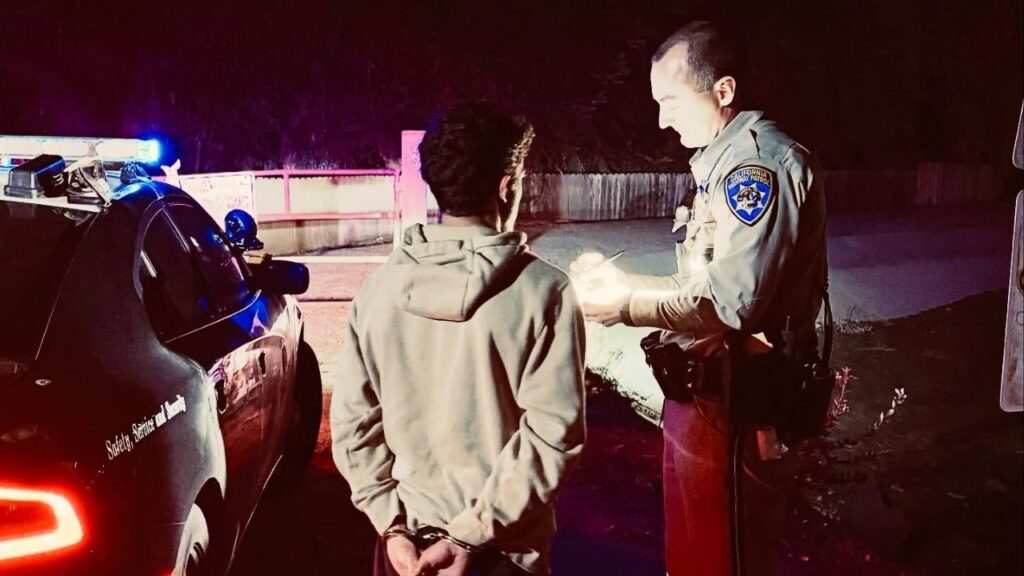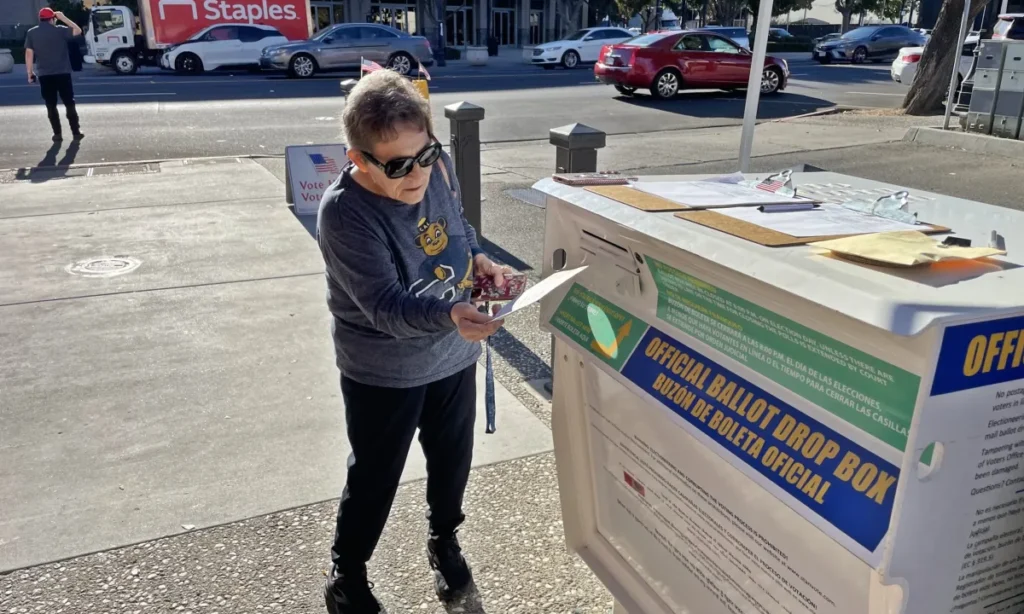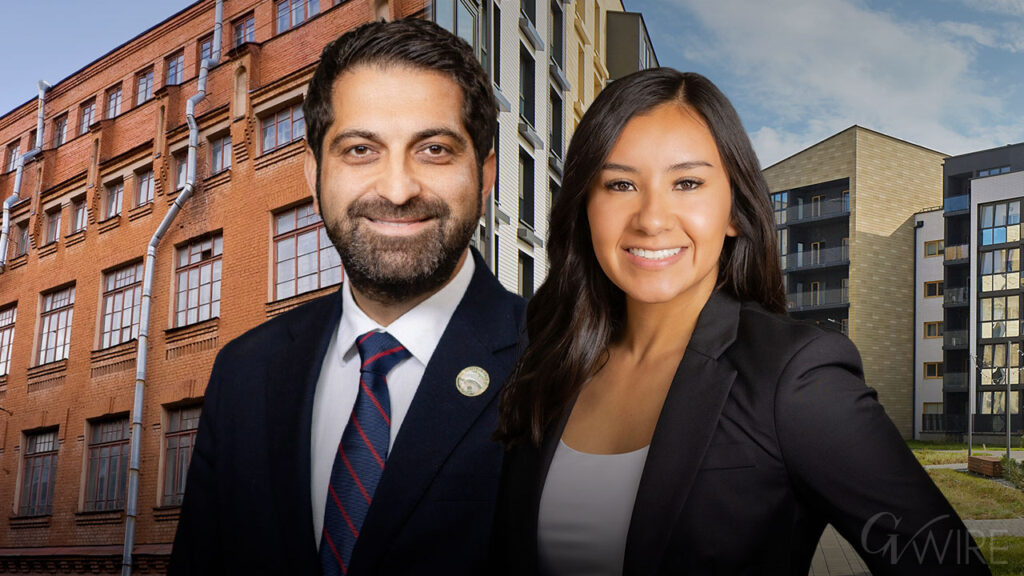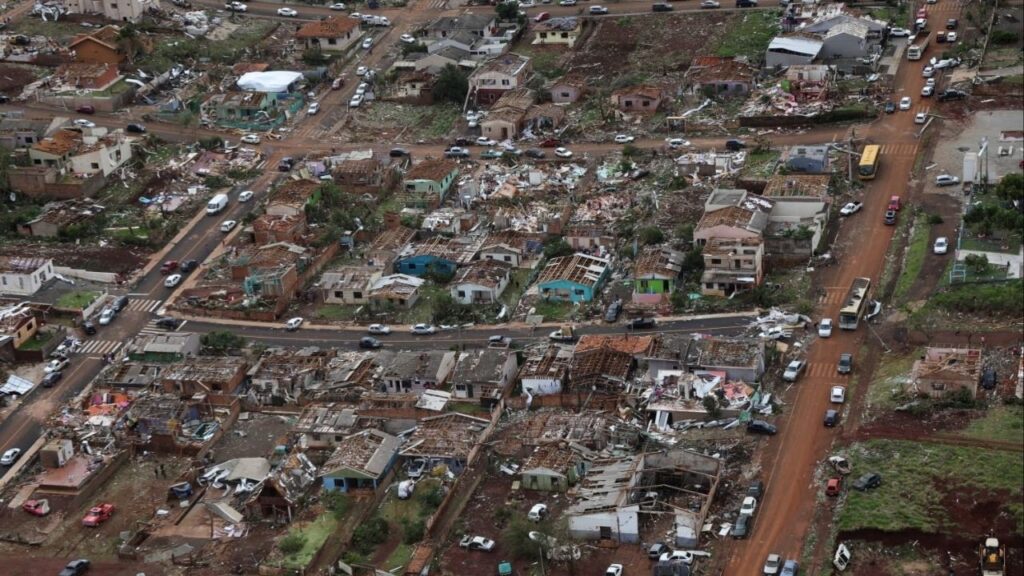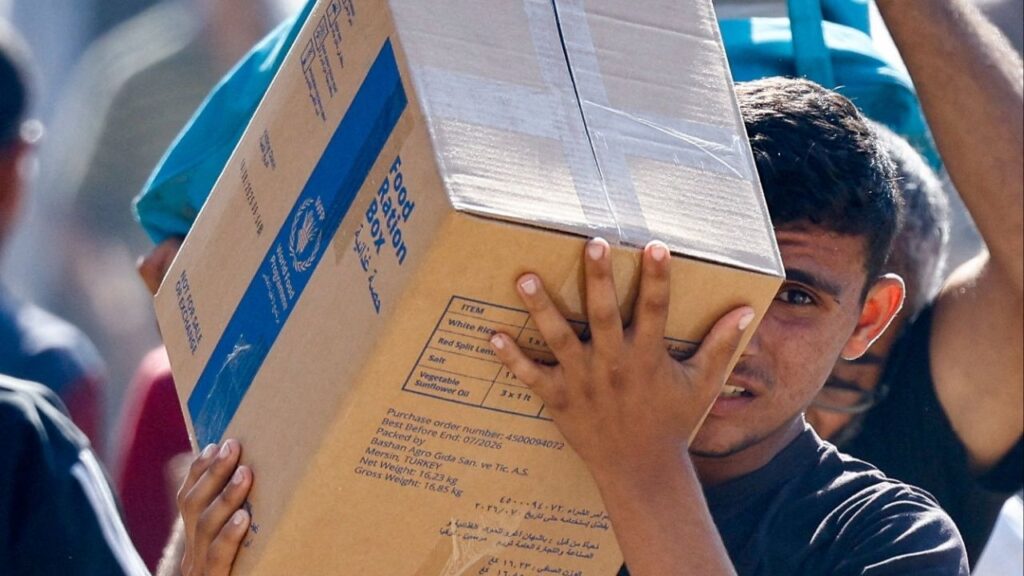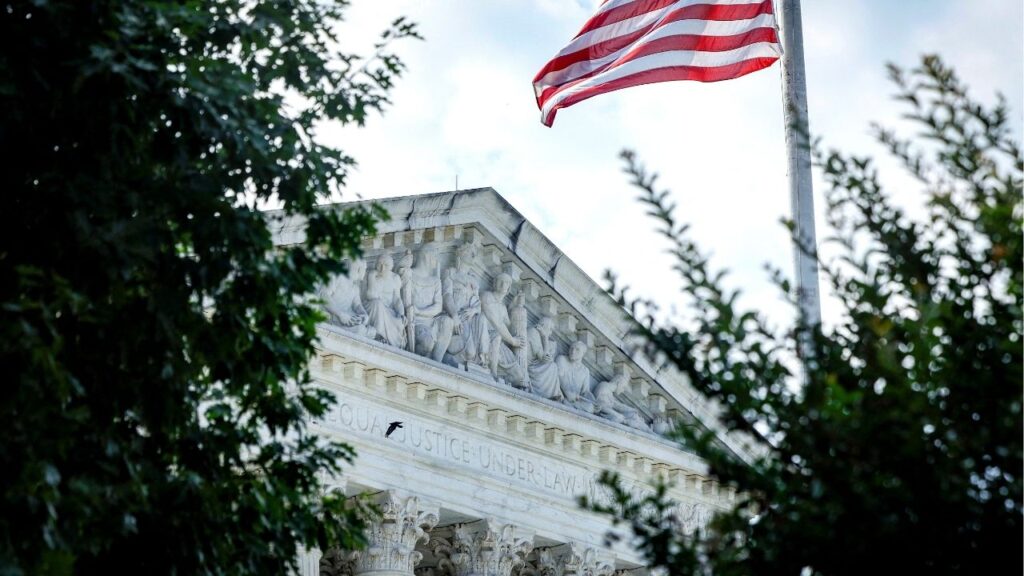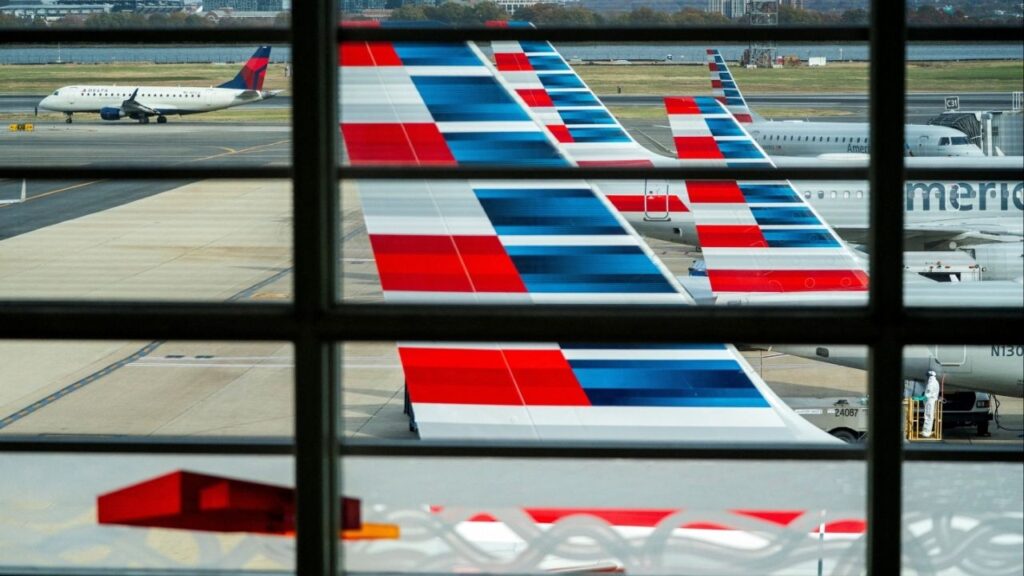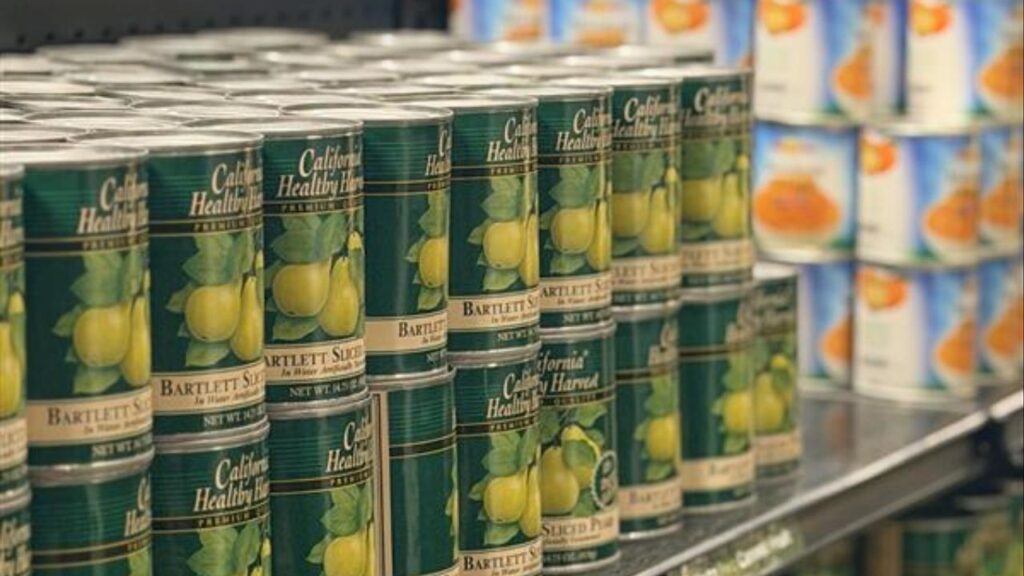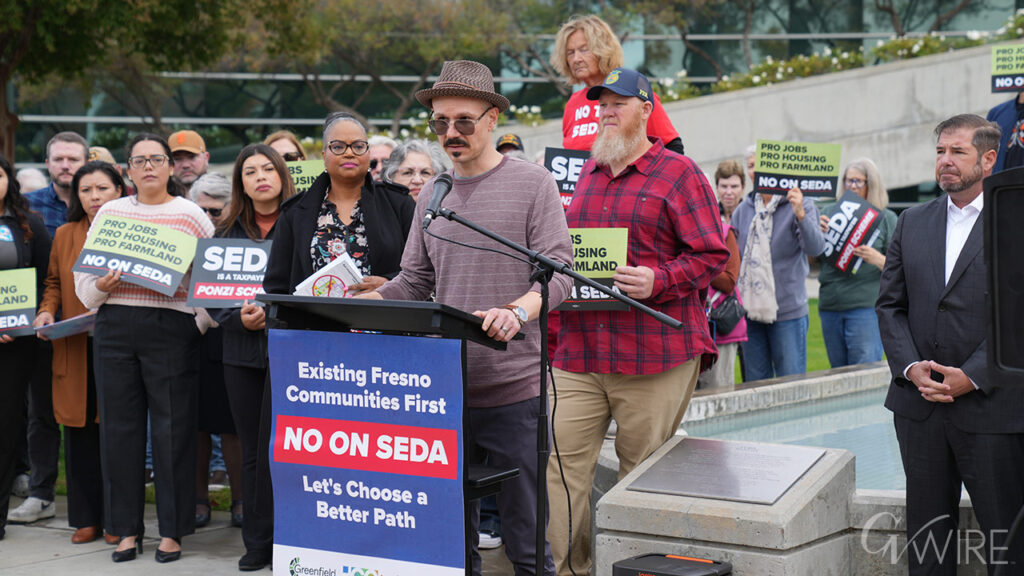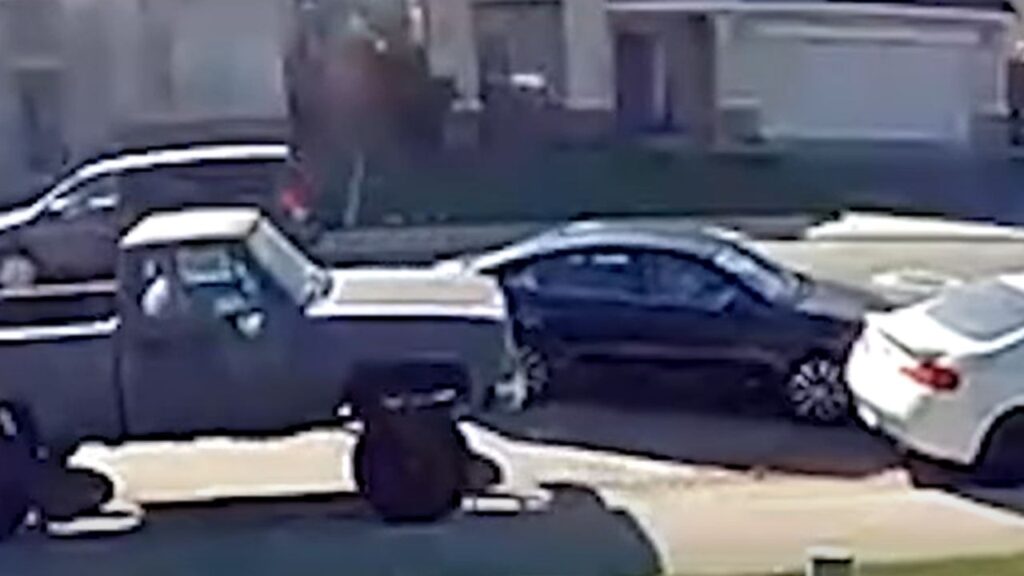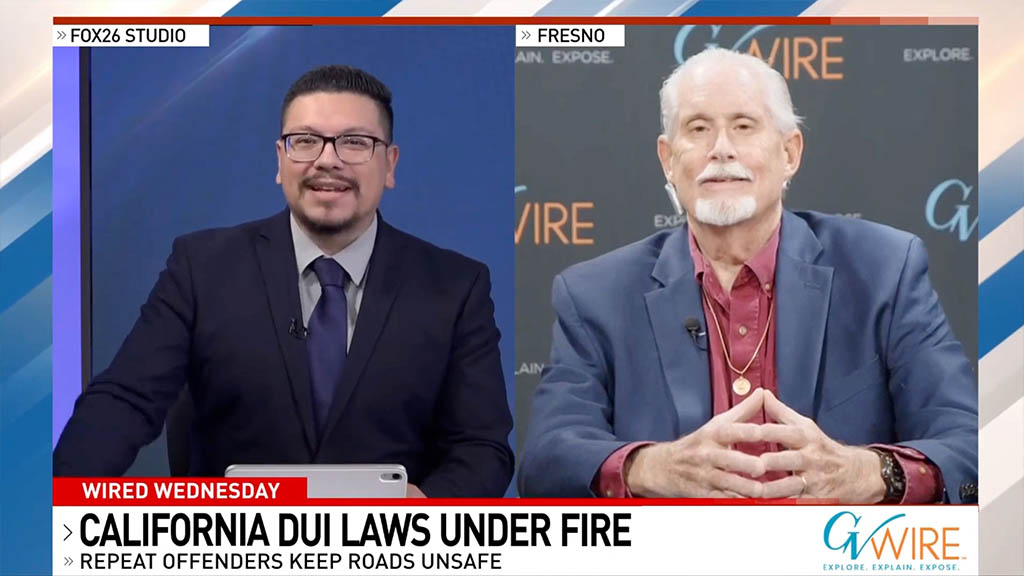By 2027, not-for-profit company GS1 US, which oversees standardization of the barcode, wants retailers ready to scan the QR code, which can interface with consumers just as it can with businesses. (GV Wire Composite/Paul Marshall)

- By 2027 not-for-profit standardization company GS1 US wants retailers ready to use the QR code as they would a barcode.
- The QR code is accessible to not just companies, but consumers as well, carrying product information, recalls, ingredients, and even coupons, said a GS1 representative.
- The barcode gets scanned 10 billion times a day, 50 years after its adoption.
Share
|
Getting your Trinity Audio player ready...
|
The first barcode made its appearance in 1974. Back then, grocery stores needed a way to streamline the checkout process. Now, cashiers around the world scan a barcode 10 billion times a day, according to GS1, the not-for-profit company that standardizes the different types of codes.
But companies told them they want more out of the ubiquitous one-inch design. A smartphone’s ability to do what any checkout scanner can do — and so much more — means the barcode can do for consumers what it does for a company.
In 2027, retailers and GS1 will roll out “Sunrise 2027,” adding and standardizing QR codes similar to what they do now with barcodes, said Ned Mears, senior director of global standards for GS1 US. That means the same code businesses use to track inventory can also provide access to coupons, recipes, instruction manuals, and so much more for customers. It could also mean dynamic pricing.
“Industry really has guided us and the time is right, let’s say, to really look at the fundamental root, that core component of commerce in the 21st century and say that we can do a lot more with this,” Mears said.
QR Code Tracks Not Only Pricing, But Allergen Info, Expiration Dates
Brands have been adopting the two-dimensional QR code on their packaging for some time, Mears said. Vertically integrated companies — those retailers that have their own supply network, such as clothing companies — have been quicker to use the technology.
Sunrise 2027 will mean even greater adoption of the code, Mears said. The goal for retailers is to have hardware and store systems updated to read QR codes.
For consumers, that means better product knowledge. The same QR code to manage a store’s inventory can carry an expiration date, allergen information, where the product came from, and any recall alerts.
PepsiCo already has a breakdown of every ingredient in its products, whether it be soda or chips, and why it’s in there, according to the company.
For companies, QR codes can be so individualized they can know exactly how many shirts are on a rack. For a grocer, they can use dynamic pricing to discount items nearing their expiration date to make them more attractive to buyers. The QR code can know that at 3 p.m., a sandwich made that morning should be discounted 30%.
There are more facets required for dynamic pricing, which consumer advocates have criticized it as consumers fear it could be used to raise prices and make them less reliable.
Meanwhile, some retailers have identified active price changes as a way to reduce the 930 million tons of food waste annually, according to Supermarket News. It’s all a matter how the brand and the retailer decide to use the technology.
“If it’s in a QR code, someone scanned it with their smart phone, they can instantly know, ‘do I need to trash this? Am I safe?'” Mears said.
50th Anniversary of Barcode Was 2024
2024 marked the 50th anniversary of the barcode. Inventors and grocery stores took years to warm to technology that sped up checkout. On June 26, 1974, Marsh Supermarket in Troy, Ohio scanned the first item ever — a pack of Wrigley’s gum. Five years ago, checkers scanned a barcode 6 billion times a day. That number has since grown to 10 billion.






